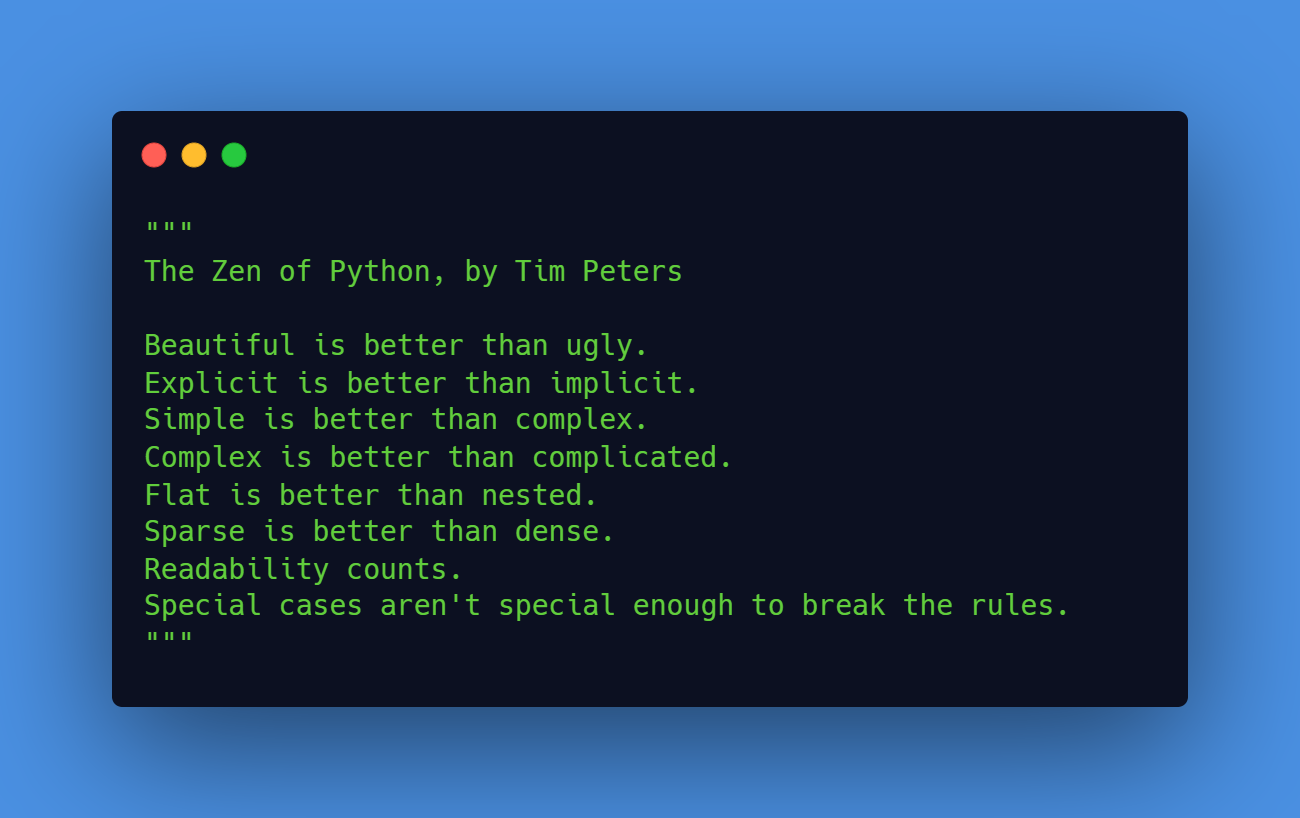In JavaScript, both String() and toString() are methods that can be used to convert values to strings. However, there are some key differences between the two that are worth noting.
The String() method is a global function that can be used to convert any value to a string. It is a more versatile method because it can be used with any data type, including numbers, booleans, objects, null, and undefined values. For example:
var num = 10;
var str = String(num); // "10"
var bool = true;
str = String(bool); // "true"
var obj = { name: "John" };
str = String(obj); // "[object Object]"
var n = null;
str = String(n); // "null"
var u = undefined;
str = String(u); // "undefined"
Code language: JavaScript (javascript)On the other hand, the toString() method is a specific method that belongs to individual objects. It is generally used to convert the value of an object to a string representation.
However, if the value is null or undefined, using toString() will throw an error. For example:
var num = 10;
str = num.toString(); // "10"
var bool = true;
str = bool.toString(); // "true"
var obj = { name: "John" };
str = obj.toString(); // "[object Object]"
var n = null;
str = n.toString(); // TypeError: Cannot read property 'toString' of null
var u = undefined;
str = u.toString(); // TypeError: Cannot read property 'toString' of undefined
Code language: JavaScript (javascript)In general, it is recommended to use the String() method because it is a more versatile and widely applicable method. It can be used with any data type, including null and undefined values, and it will always return a string representation of the value.
On the other hand, the toString() method is more specialized and may throw an error when used with null or undefined values.

Leave a Reply